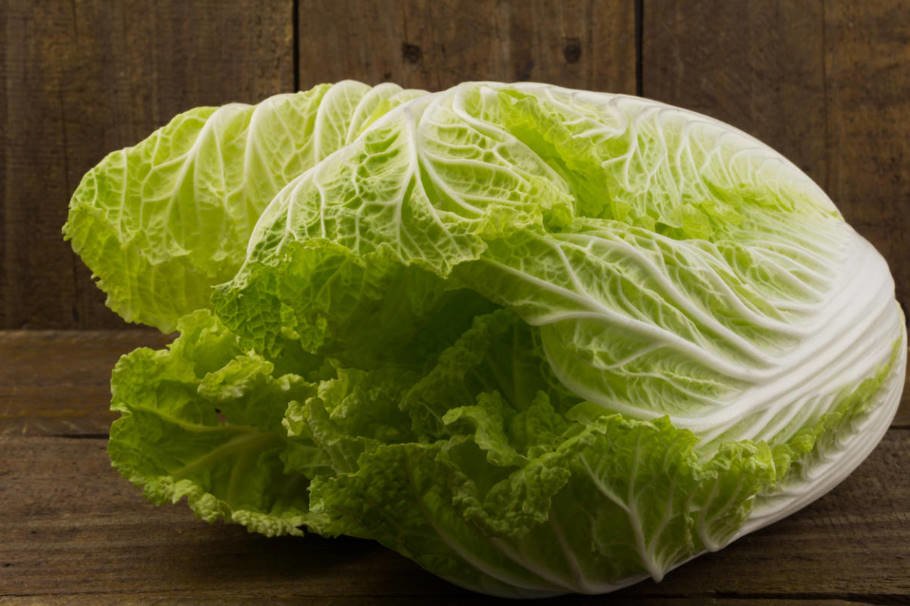
In supermarkets on sale is imported cabbage, in shape it is somewhat similar to a Rugby ball. Therefore, consumers have a misconception that Napa cabbage is grown only because it resembles the head of the usual white. Only here taste nicer, softer leaves, veins not rough.
Napa cabbage-variety of varieties
I for myself conditionally divided it into groups.
The first group: Kale. I have never seen on the shelves of outlets sheet Napa cabbage, although these varieties are also there. They are beneficial for growing in early spring.
Why do we need such leaves? So after all, at this time there is no fresh cabbage stored in the cellars, all eaten. There is still sour, but for some reason there is no appetite for it. Wait for early maturing white cabbage for a long time, and fresh vitamin delicacies from your garden is already very, very desirable. For example, the variety ‘Stonefly’ — leaf, waiting for heads makes no sense, but as radishes, ready for cleaning in 35 days after germination. Where else to find such an early vegetable? ‘Stonefly’ is good in salads, in spring soup. There is still a sort of ‘Goldilocks’. The good that is reconciled with a short lack of sunlight when the sky is closed by clouds.

Napa cabbage, so it looks elongated head in the section
Now I will share my culinary know-how: Napa cabbage leaves, radish leaves and roots, green onions, seasoned with vegetable oil with Apple cider vinegar, will give a unique taste and usefulness salad!

Kale
The second group I refer to the nomadic varieties Napa cabbage, which can be sown in the soil in the spring or grow seedlings in a greenhouse. These varieties have a feature: they are resistant to color and oscillation (that is, the color-bearing arrow they do not hurry to appear), they quietly tolerate weather changes. For example, hybrids ‘spring jade’ and ‘spring beauty’. They are recommended to grow in protected soil, so after all, we, gardeners, no one bothers to take for Napa cabbage area in the greenhouse. These hybrids can be grown in home greenhouses in the fall, before the arrival of frost, they will have time to harvest even under film shelters.
The third group includes varieties and hybrids that are best sown in early August. At this time, the day becomes much shorter, and Napa cabbage loves a short day. Grown at this time is good for storage. It:
- ‘Autumn beauty’;
- ‘September’;
- ‘Glass’.
Features of cultivation Napa cabbage
Napa cabbage is not really a real cabbage, it has a very different structure: it looks like a head salad in childhood or leaf salad.
All real cabbage can be re-pollinated, give life to hybrids, hybrids. Napa cabbage to enter into marriage with white cabbage or Brussels sprouts in no hurry. But not abandon Brassica napobrassica and turnip.
Napa cabbage doesn’t like transplants. If seedlings are grown in a box, plant them in wet, not too rainy weather, so you will minimize the risk of loss of seedlings. The best way to grow — in cups of peat or plastic, so that when handling does not damage the main root.

NAPA cabbage seedling
Napa cabbage loves fertile soil, but is able to accumulate nitrates in very solid quantities. At the same time, there is more unnecessary ingredient in the outer leaves with the largest vein, in the inner leaves — less. Harvest when cleaning want to lose? I don’t. Because I do not buy Dutch — because of the large number of harmful nitrates. See for yourself: 1 kg of Napa cabbage contains up to 4000 mg of nitrates. Man is able to move only 400 mg if its weight is 80 kg. Obtained by eating a salad of 100 g Kale, the body receives the maximum amount. Would you like that salad? I’m not.
Hence, it is necessary to prepare a fertile ground to deprive the ward of the ability to create the harmful to human health, the inventory of nitrates. It’s possible the cultivation of vegetable nature technology: earth to dig, do not fertilize.
Another feature: the more nitrate accumulates, the darker in the greenhouse (gloomy and cold). That is why it is better to grow this kind of cabbage on the beds.
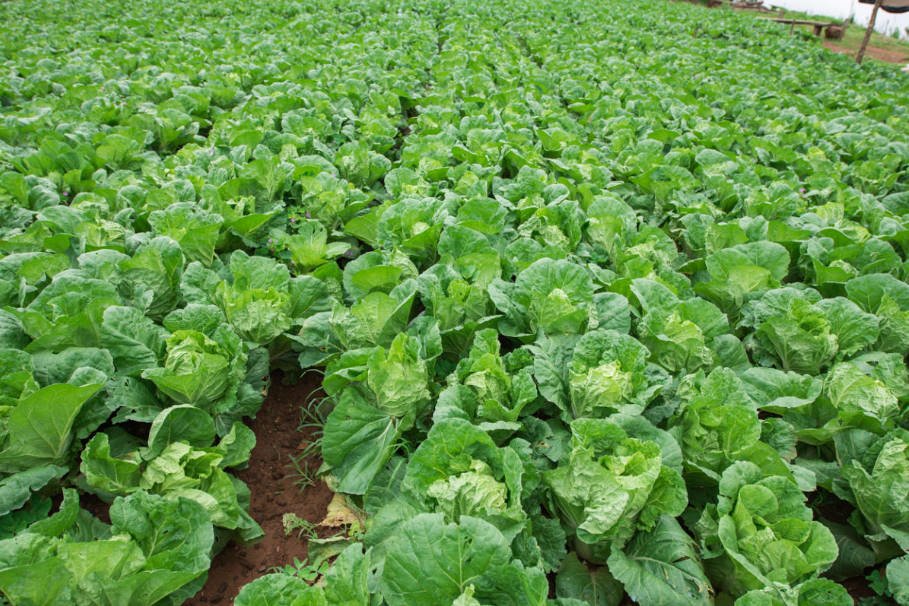
Napa cabbage is best grown in the open field
To clean cabbage, you need to wait for the middle of the day: at this time of day, the nitrates in it are less than almost a third. If fed, then clean or cut for food only after 2 weeks.
If you grow cabbage leaf, you can remove the upper leaves, they quickly replace others. For cabbage it will be unacceptable, if you shoot, it is not often.
A frequent question: why are Napa cabbage heads loose, do not gain the weight specified on the bags? And all depends on the weather: it will be Sunny and warm — grow wide large leaves, dense heads. In the cloudy cold summer, the heads are still formed, but they are loose.
Napa cabbage does not like the heat, hot days — not for her, consider this fact, scheduling the timing of sowing.
Seeding Napa cabbage
The generous hand of the gardener does not really save seeds. We know that germination can be very low, so we sow more and more often than necessary. But everything is good in moderation: do not place the seeds in the groove very densely — 2 seeds for 20 centimeters will be enough for the stock. Thinning should be done later, when the leaves of neighboring plants begin to touch or close, the extra ones are simply cut off for the kitchen: they are still small and especially tender.
My experience growing varieties
Napa cabbage ‘cha-Cha’. It is believed that this hybrid ties the head even with a long day, so you can grow from early spring to autumn. Since Napa cabbage early, the crop ‘Cha-cha’ can be removed every month and a half: that is, sown on seedlings, and after 2 weeks transferred to the open ground. The significant heads — up to 2.8 kg. don’t know…
Maybe I bought a bag was not ‘Cha-cha’ and another variety? Because at different times, but absolutely all the plants decided to give offspring (throw flower stalks), without waiting for the appearance of heads.
‘Nick’. And I like this variety because it gives stable yields in our light zone. The same 2 months from full shoots to the first head. It’s closed! The vegetable can be stored in cellars for a long time.
What is Napa cabbage stores well in the winter
There are varieties (most of them) with a half-open head: it is productive, but not stored in the cellars for long:
- ‘Brocken’;
- ‘Nozaki’;
- ‘Sprint’ and others.
They are recommended for fresh consumption. Now I will tell you what is different heads. Here, look at the photo: they are well cleaned from the outer cover leaves, but it is clear that the head is half-open, the tops of the outer leaves with a “hairstyle”.

Half-open head Napa cabbage
There are varieties and hybrids that can be stored, but not very long:
- ‘Aikido’;
- ‘Spring beauty’;
- ‘Optical’;
- ‘Pomegranate’;
- ‘Princess’;
- ‘Janine’ and others.
There are varieties with a closed head, similar to the forks of white cabbage. I keep them here: I take off all the covering leaves, wrap them with plastic wrap, take them to the cellar. Sometimes it remains until the New year, sometimes-until February. I grow a sort of ‘Glass’, he head closed and dense, without voids. In closed head spores of fungi and other diseases can not get, as in cabbage.
I hope that my experience will help you to choose the right varieties and hybrids of Napa cabbage for both spring and summer consumption and winter storage.
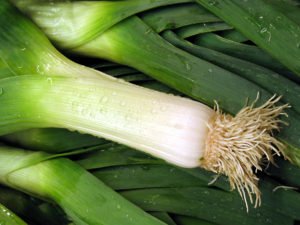
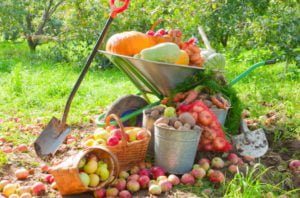
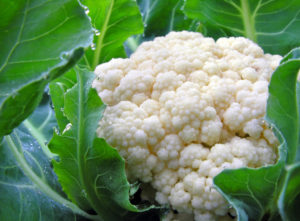
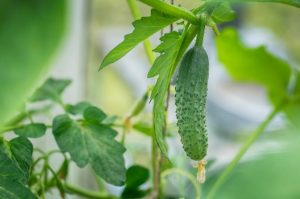
Leave a Reply